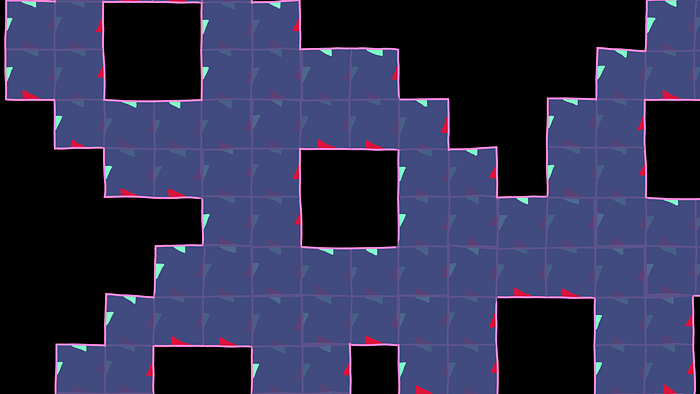Member-only story
k-Chains and k-Cells
To prove the Generalized Stokes’ Theorem, we’ll some way of defining a region and its boundary.

We want to prove everything in Vector Calculus by introducing objects known as differential forms. Up to this point, we’ve derived a formula for the volume element and formulas for the gradient, divergence, curl, Laplacian, and vector Laplacian in arbitrary coordinate systems. We were also able to prove any identity in Vector Calculus so long as it didn’t have integral in it. To handle identities with integrals, we need to prove the Generalized Stokes’ Theorem.
The Generalized Stokes’ Theorem says that you can convert integrals of the exterior derivative of some k-form ω over a region Ω to integrals of the k-form over the boundary of a region.
In other words, integrals “undo” derivatives just as they did back in your first Calculus class. We already know how to deal with k-forms and the exterior derivative, but we haven’t come up with a formal way of dealing with a region and its boundary, so we’re going to come up with three things:
- A way to define a simple region.
- A way to find the boundary of the simple region.
- A way to morph the simple region and its boundary to…
